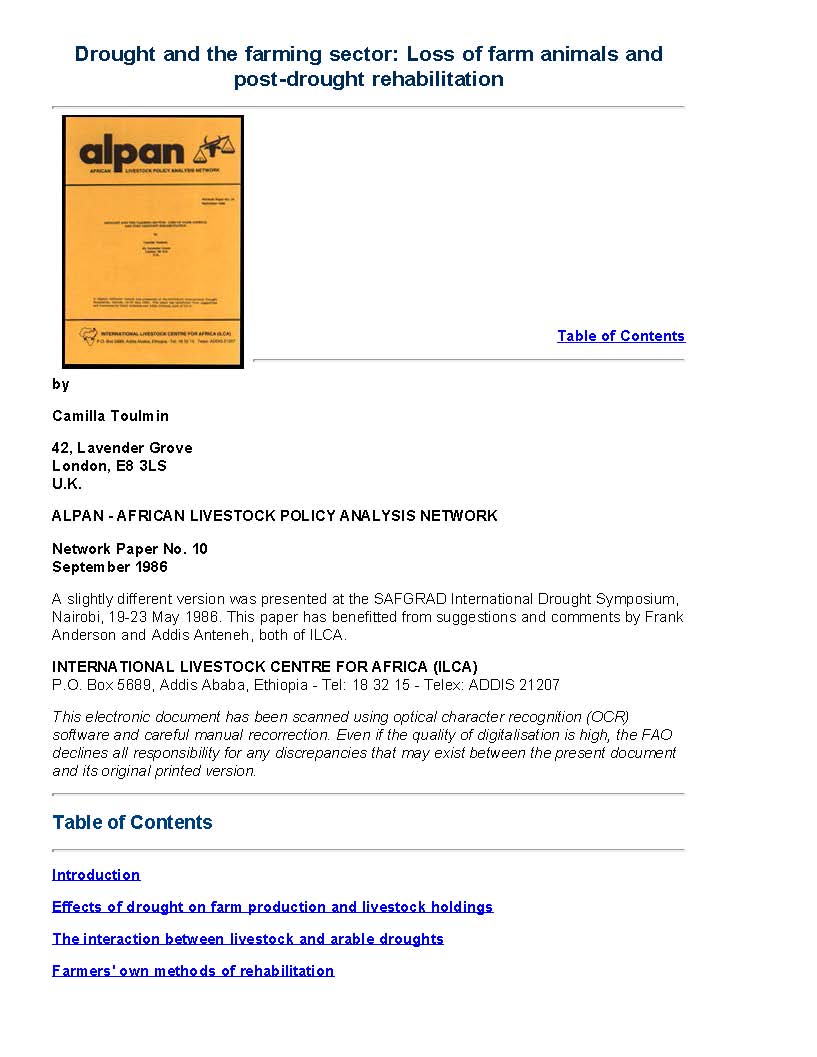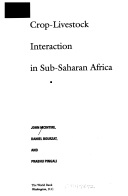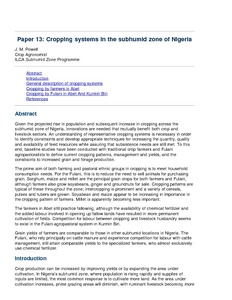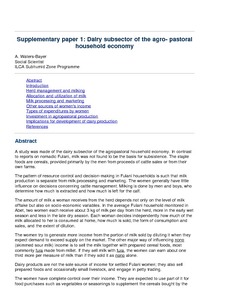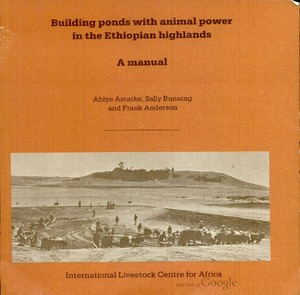Location
Vision, mission and strategy
ILRI's strategy 2013-2022 was approved in December 2012. It emerged from a wide processof consultation and engagement.
ILRI envisions... a world where all people have access to enough food and livelihood options to fulfil their potential.
ILRI’s mission is... to improve food and nutritional security and to reduce poverty in developing countries through research for efficient, safe and sustainable use of livestock—ensuring better lives through livestock.
ILRI’s three strategic objectives are:
- with partners, to develop, test, adapt and promote science-based practices that—being sustainable and scalable—achieve better lives through livestock.
- with partners,to provide compelling scientific evidence in ways that persuade decision-makers—from farms to boardrooms and parliaments—that smarter policies and bigger livestock investments can deliver significant socio-economic, health and environmental dividends to both poor nations and households.
- with partners,to increase capacity among ILRI’s key stakeholders to make better use of livestock science and investments for better lives through livestock.
This is ILRI’s second ten-year strategy. It incorporates a number of changes, many based on learning from the previous strategy (2000–2010, initially produced in 2000 and modified in 2002), an interim strategy (2011–2012) and an assessment of the external and internal environments in which the institute operates.
Members:
Resources
Displaying 1081 - 1085 of 1152Drought and the farming sector: Loss of farm animals and post-drought rehabilitation
Outlines the main effects of drought on crop producers and examines the effects of drought on crop producers and examines the effects of drought induced livestock losses on crop production and considers a range of policy measures aimed at rehabilitation of the farm sector in the post-drought period; compares alternative policy measures.
Crop-Livestock Interaction in Sub-Sarahan Africa
Describes interactions between cropping & livestock husbandry in an area of Fulani settlement arid farming groups at Abet and in a Fulani agropastoral system at Kurmin Biri, both in subhumid Nigeria, identifying the linkages as being feed from fallow land crop residues (CR) grazing and use of cattle manure in cropping w.
Cropping systems in the subhumid zone of Nigeria
Reports findings of baseline studies as size of cultivated area, cropping patterns, management in relation to fallowing and labour & other inputs, yields and constraints to increasing grain & forage production among traditional crop farmers and Fulani agropastoralists at Abet & Kurmin Biri, both in subhumid Nigeria.
Dairy subsector of the agropastoral household economy
Reports findings from a study of spheres of influence of men & women, esp. as they affect the dairy subsector, in Fulani agropastoral households in Nigeria; with particular reference to decision making & control over herd management; milking; allocation & utilisation of milk; milk processing & marketing; household income from milk sale; womens' household expenditure and investment in agropastoral production. Analyses implications of these for development of dairy production.


